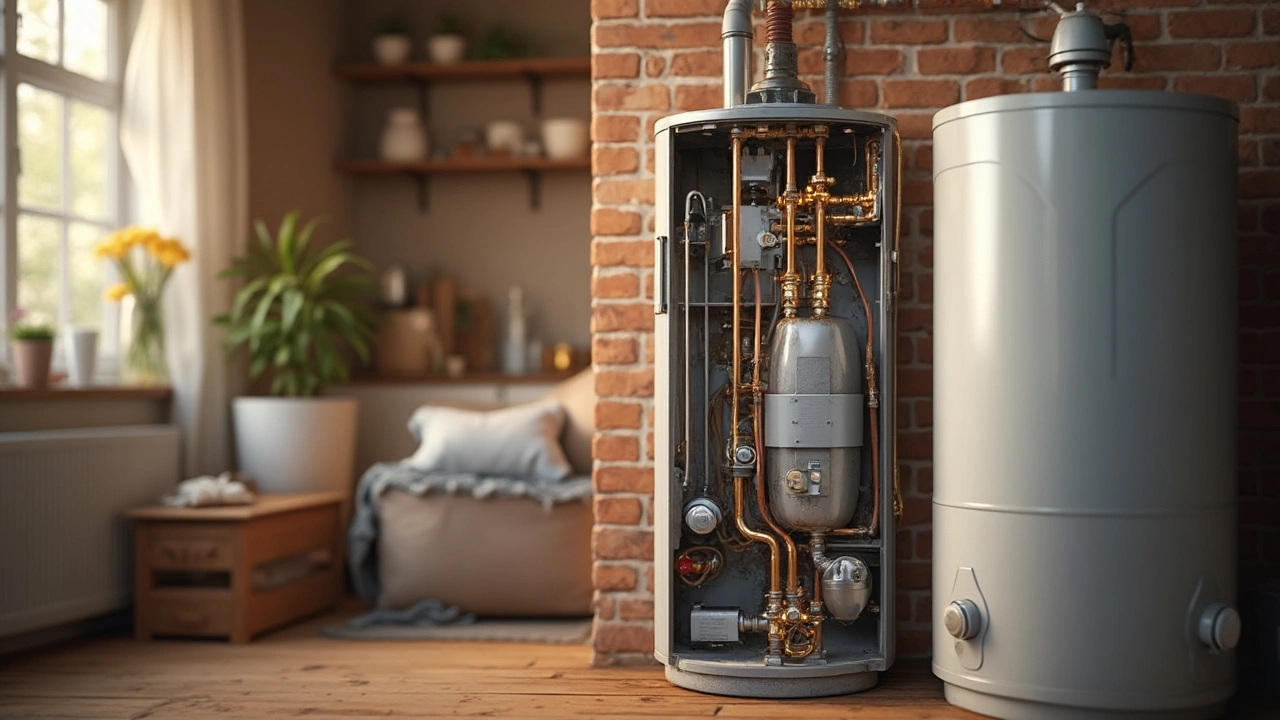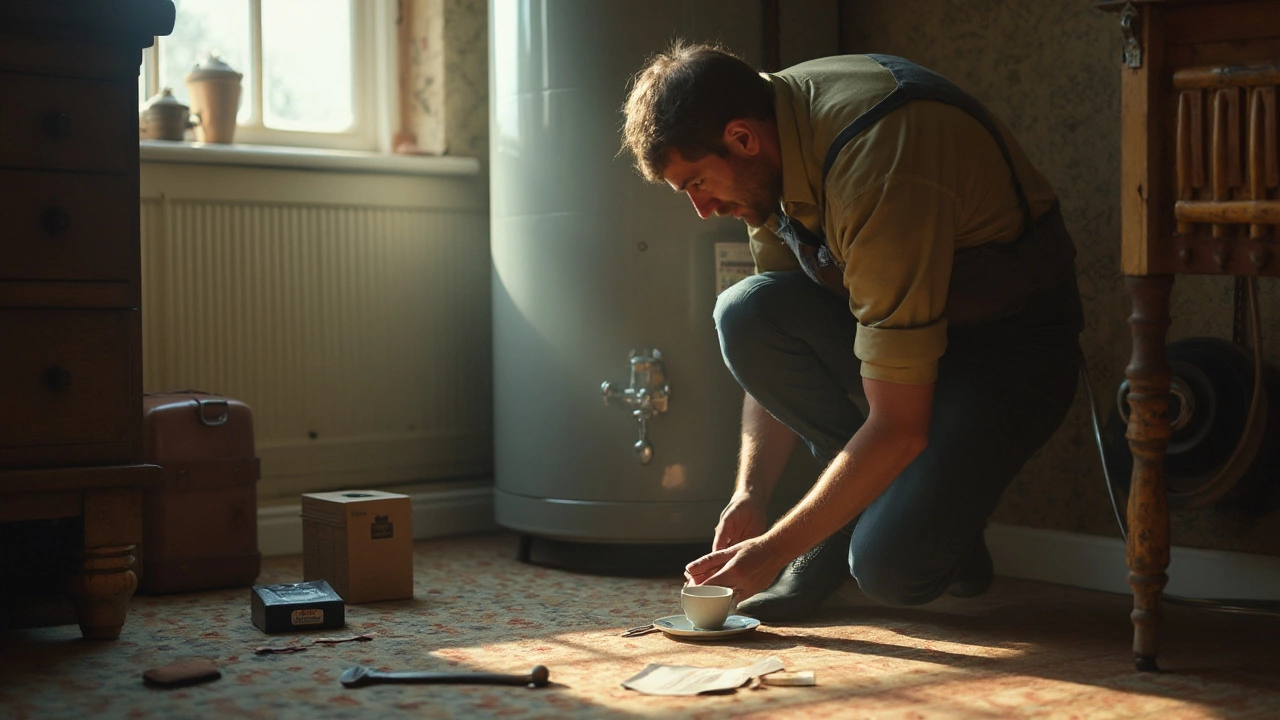Water Heater Leak: What Causes It and How to Fix It Fast
If you notice puddles around your water heater or hear a steady drip, you’re dealing with a leak. Leaks can turn a simple hot‑shower routine into a nightmare, but most of them have easy fixes. In this guide we’ll walk through the most common reasons a water heater starts leaking, show you a few quick DIY steps, and tell you when it’s smarter to call a professional.
Typical Reasons Water Heaters Leak
The first thing to check is where the water is coming from. A leak at the top is usually a faulty temperature‑and‑pressure (T&P) valve or a loose drain valve. Leaks at the bottom often point to a corroded tank or a broken pipe connection. If the leak seems to be coming from the cold‑water inlet, the inlet valve might be cracked. Finally, sediment build‑up inside the tank can cause the bottom of the unit to rust through over time.
DIY Steps to Stop the Drip
Before you call a technician, try these simple actions. First, turn off the power or gas supply to the heater – safety first. Then shut off the cold‑water valve behind the unit and open a hot‑water faucet somewhere in the house to relieve pressure. If the leak is at a valve, tighten the nut with a wrench; don’t overtighten, just snug it up. For a leaking T&P valve, replace the seal or the whole valve – they’re inexpensive and available at any hardware store. If you see rust on the tank itself, a quick patch won’t hold; that’s a clear sign you need a replacement.
While you’re at it, flush the tank to get rid of sediment. Attach a garden hose to the drain valve, open the valve, and let the water run until it’s clear. This helps prevent future corrosion and can extend the life of the heater. Remember to close the valve, turn the cold‑water supply back on, and refill the tank before you restore power.
If any of these steps feel beyond your comfort zone, or if the leak is coming from the tank body, it’s time to call Glastonbury Appliance Repair Services. Their technicians have the tools and experience to safely replace a tank, fix pipe connections, and test the system for leaks after the repair. Acting quickly can save you from water damage and higher energy bills.
Regular maintenance is the best way to avoid leaks altogether. Schedule a check‑up at least once a year, keep an eye on the T&P valve, and watch for signs of rust or corrosion. A well‑maintained heater gives you reliable hot water and peace of mind.
So the next time you spot a drip, don’t panic. Identify the source, try a quick tighten or replace, flush out sediment, and know when to bring in the pros. With these steps, you’ll keep your water heater running smoothly and your bathroom floor dry.

Common Water Heater Failures: Where Most Problems Start & How to Prevent Them
Wondering where your water heater is most likely to break? Discover the most common failure points, key causes, and expert tips for lasting hot water.

Common Water Heater Leak Locations and Repair Tips
Discover the most common areas where water heaters tend to leak and learn useful tips for identifying and repairing these issues. This guide offers insight into the causes of leaks, preventive measures, and when to seek professional help. It includes practical advice for maintaining a water heater and ensuring its long-term efficiency. Explore the importance of regular inspection and maintenance to avoid costly repairs and water damage.